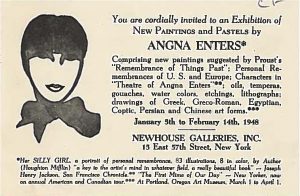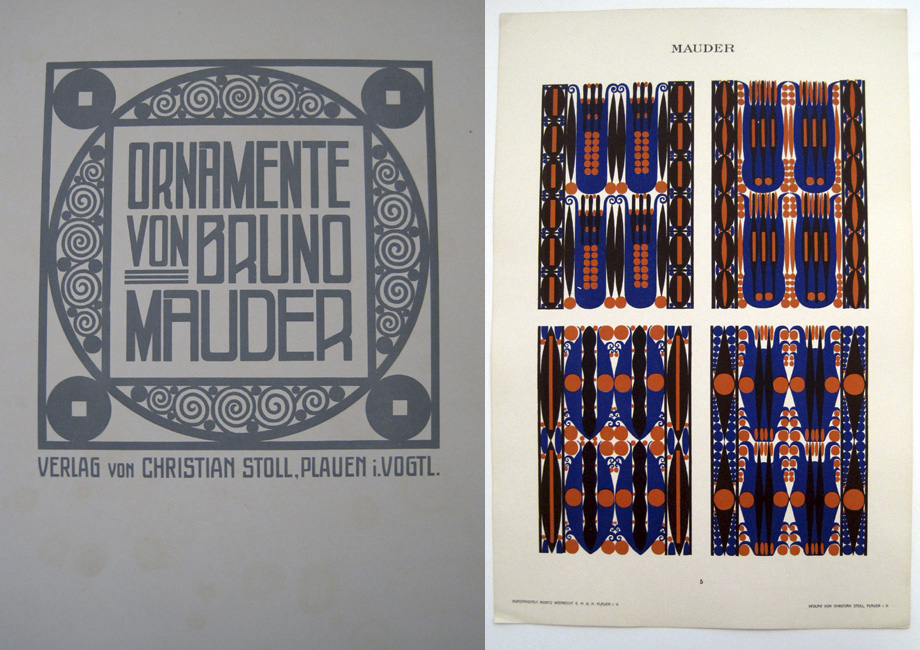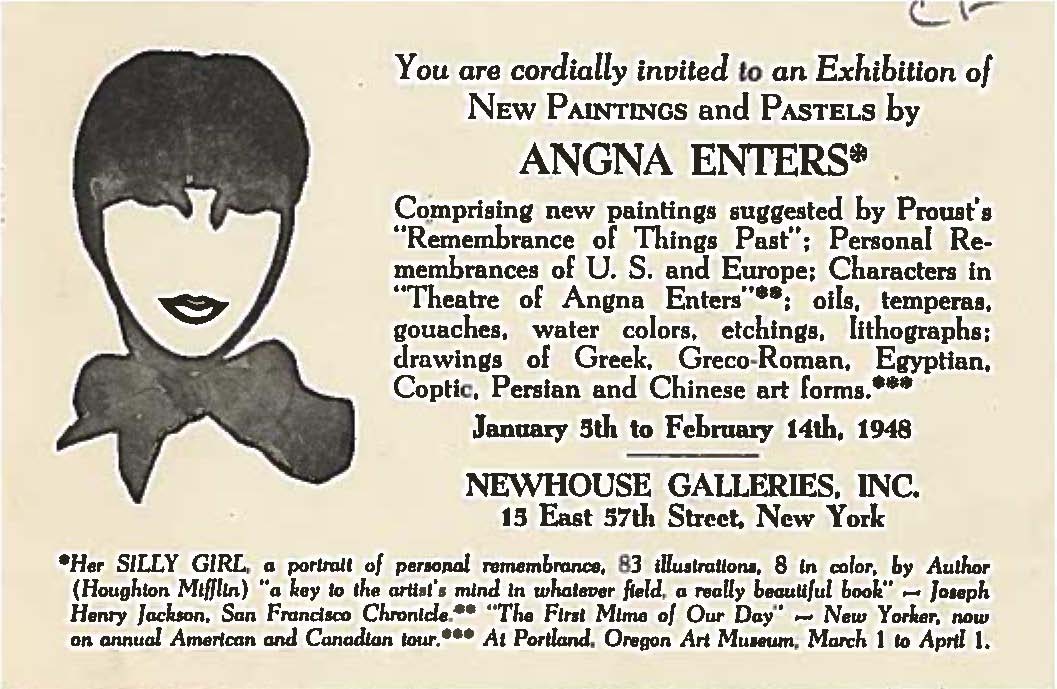This post was written by Michelle Farias, intern in the Dibner Library of the History of Science and Technology. For more in this series, see previous posts about Edward Jenner more »
Smithsonian Libraries and Archives / Unbound
This post was written by Carolina Murcia, Biodiversity Heritage Library Product Development and Marketing Intern. I am a designer. I am an artist. I am an illustrator. I more »
Hawaiian fishes is a diminutive book in our Joseph F. Cullman 3rd Library of Natural History, but its flashy red cover with gilt lettering certainly catches the eye. The interior, more »
Join us Thursday, June 15th at 2pm ET in the S. Dillon Ripley Center Lecture Hall for a discussion on preparing the workforce for digital curation with Margaret Hedstrom. Dr. Hedstrom, the Robert M. Warner Collegiate Professor of Information Professor of Information at the University of Michigan School of Information, will speak on her work in the field and as recent chair of the Committee on Future Career Opportunities and Educational Requirements for Digital Curation for the National Research Council.

In the series called “The ABCs of the Corcoran Artist Files” the American Art and Portrait Gallery (AA/PG) Library will explore artists through the materials from the recent Corcoran Vertical File Collection donation by featuring artists whose surnames begin with that letter. This time we are looking at the artists whose last names that start with E.

Studying Design
All incoming students in The New School Parsons History of Design and Curatorial Studies (MA) Masters’ Degree Program at the Cooper Hewitt, Smithsonian Design Museum take an object and research based class called Pro-Seminar.
While at the Smithsonian Libraries Research Annex (SLRA) during the second week of my Smithsonian Libraries internship, I was asked to select and research texts in SLRA’s collection for the Adopt-a-Book Program. Adopt-a-Book is an opportunity for bibliophiles to “adopt” a book from one of the Smithsonian Libraries’ twenty-one branches, granting them acknowledgement through a virtual bookplate in the SIL online catalog, SIRIS. Potential donors can view the books up for adoption on the Libraries website, along with a brief history and description of each. In addition to generating revenue, Adopt-a-Book is a great way to tell and preserve the stories of physical texts; as I quickly discovered, each book has a unique, often untapped past.


